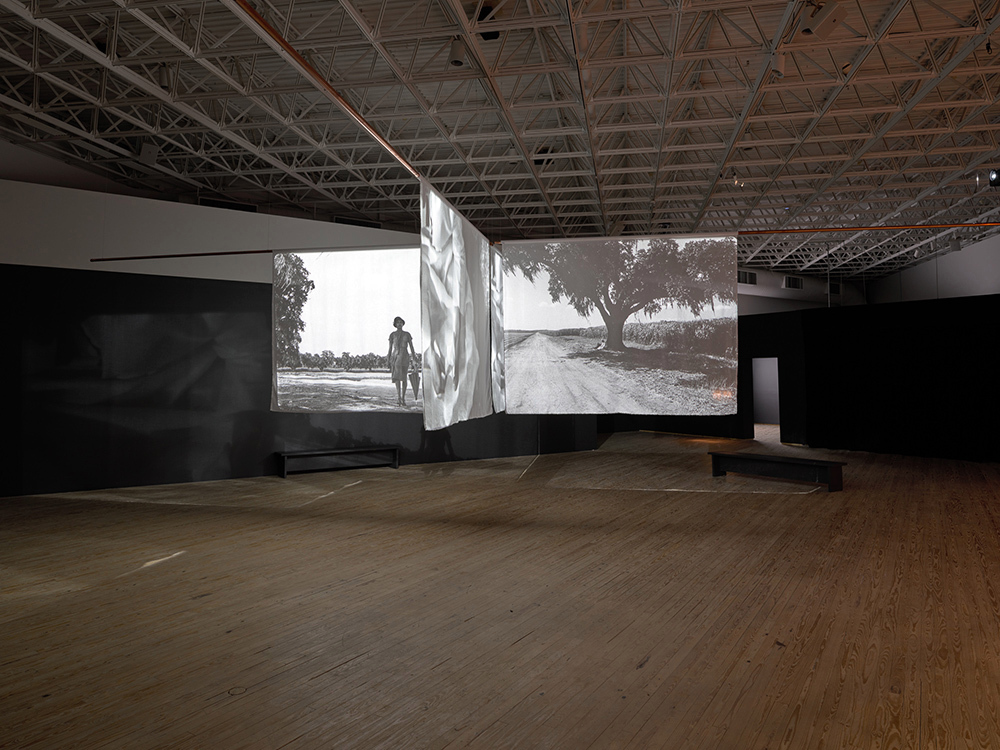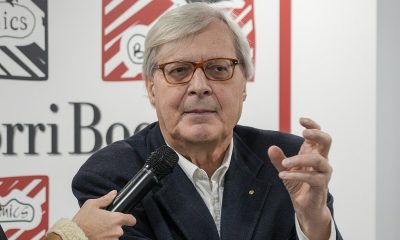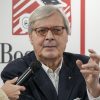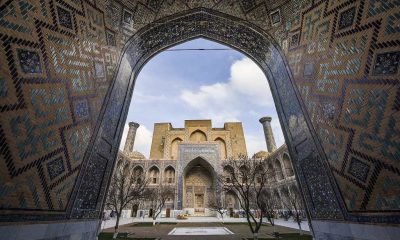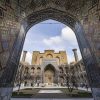ART WORLD NEWS
Heatherwick In Talks for U.K. Covid Memorial, Garrett Bradley to Film Octavia E. Butler Novel, and More: Morning Links for July 27, 2021
To receive Morning Links in your inbox every weekday, sign up for our Breakfast with ARTnews newsletter.
The Headlines
BRACE YOURSELF! The relentlessly ambitious architect Thomas Heatherwick, the man behind whiz-bang spectacles like Vessel and Little Island in New York, has been chatting with the British government about creating a Covid-19 memorial, the Times of London reports. As Architects’ Journal points out, if Heatherwick gets the nod, it would represent a reunion, of sorts, with Prime Minister Boris Johnson, who was a major backer of the designer’s proposed bridge across the Thames when he was London’s mayor. Alas, that idea never came to fruition and burned through £43 million. Other current Heatherwick endeavors include creating an air-purifying electric vehicle with China’s IM Motors and finishing a Shanghai complex called 1,000 Trees.
Related Articles
AS CONFEDERATE MONUMENTS ARE REMOVED FROM PUBLIC SPACE, where will they end up? Charlottesville, Virginia, has at least 14 offers from groups looking to exhibit its Robert E. Lee and Thomas “Stonewall” Jackson statues, the Daily Progress reports. (They were hauled away earlier this month.) Among the applicants is the L.A. nonprofit LAXART , which wants to present them, along with other Confederate statues and contemporary art, in an upcoming show titled “MONUMENTS,” curated by its director, Hamza Walker, and artist Kara Walker. In a letter to the city manager, Hamza Walker said that “the exhibition will squarely critique and confront the Lost Cause.” Meanwhile, in Nashville, the Tennessee State Museum will today put on view a bust of the KKK leader and Confederate general Nathan Bedford Forrest that was removed from the state Capitol last week, the Associated Press reports. Two statues of non-Confederate military leaders were also moved to the museum “to avoid singling out the Confederate general,” according to the New York Times.
The Digest
The trailblazing abstract painter Louise Fishman has died at the age of 82. Fishman’s “stylish paintings synthesized modernist abstraction with her identity as a queer Jewish feminist,” Alex Greenberger writes. [ARTnews]
An energy company has nixed plans for a solar project in a remote section of Nevada after complaints that it would impinge on the viewing of Michael Heizer’s canonical Double Negative (1969) earthwork. [The Art Newspaper]
Garrett Bradley will direct a film adaptation of Octavia E. Butler’s classic science-fiction novel Parable of the Sower (1993). Bradley’s 2020 film Time was nominated for an Oscar for best documentary feature, and in May, she joined the roster of Lisson Gallery. [Deadline]
An art dealer in British Columbia has admitted that wood carvings he sold were not by an Indigenous artist named Harvey John, as he claimed. The pieces, which were available at various museum gift shops, were instead the work of a non-Indigenous maker who used that name as a pseudonym. [CBC]
Employees at the Hispanic Society Museum and Library in New York voted to unionize, joining a growing number of art workers who have decided to organize in recent years. [The Art Newspaper]
A man was arrested for allegedly vandalizing the exterior of the Black Wall Street Gallery in New York on the 100th anniversary of the Tulsa race massacre. [WPIX11]
One of Frank Lloyd Wright’s most renowned houses, built in Los Angeles in 1925 and later expanded by Rudolph Schindler, is on the market for a cool $4.25 million. The cost for the original project was $23,000. [Dwell]
The Kicker
A LITTLE-KNOWN NEW YORK TREASURE—the Picture Collection of the New York Public Library—is at the center of artist Taryn Simon’s latest work, which is being presented in a two-part show at Gagosian and (in the fall) the NYPL. Begun in 1915, the collection features more than a million printed images, and its users have included Diego Rivera, Joseph Cornell, and Art Spiegelman, the New Yorker reports. Not everyone has been respectful of the trove of material over the years. “People would steal things,” a onetime librarian, the photographer Arnold Hinton, told the magazine. “Andy Warhol would take the pictures and not return them.” [The New Yorker]
Thank you for reading. We’ll see you tomorrow.



